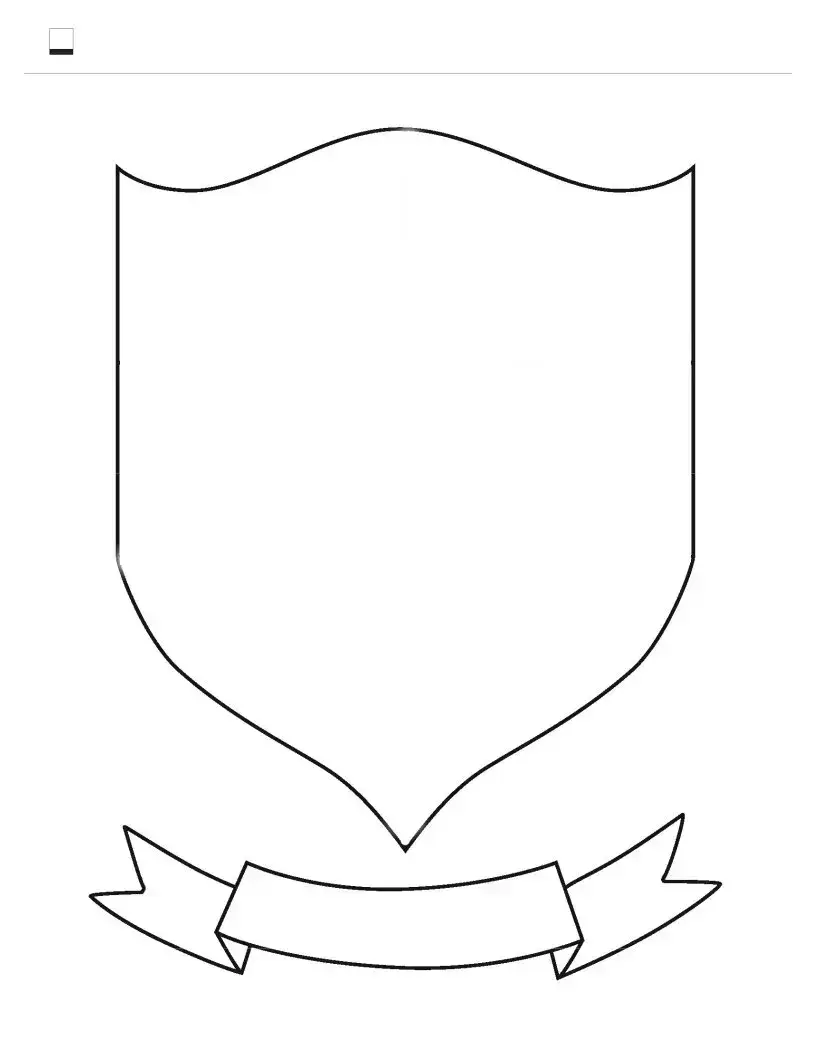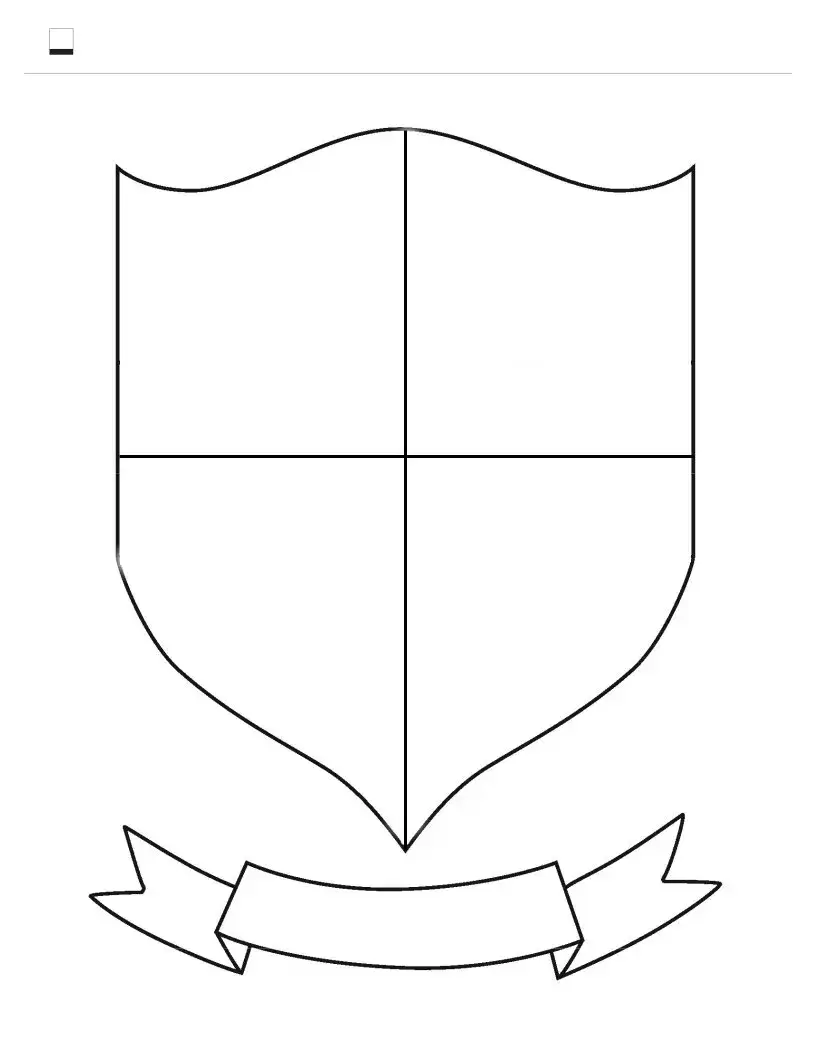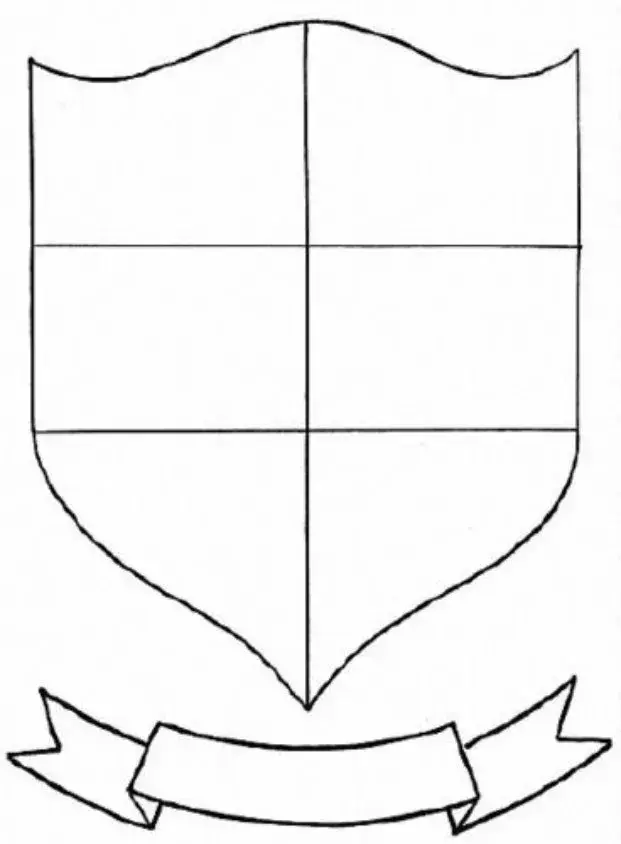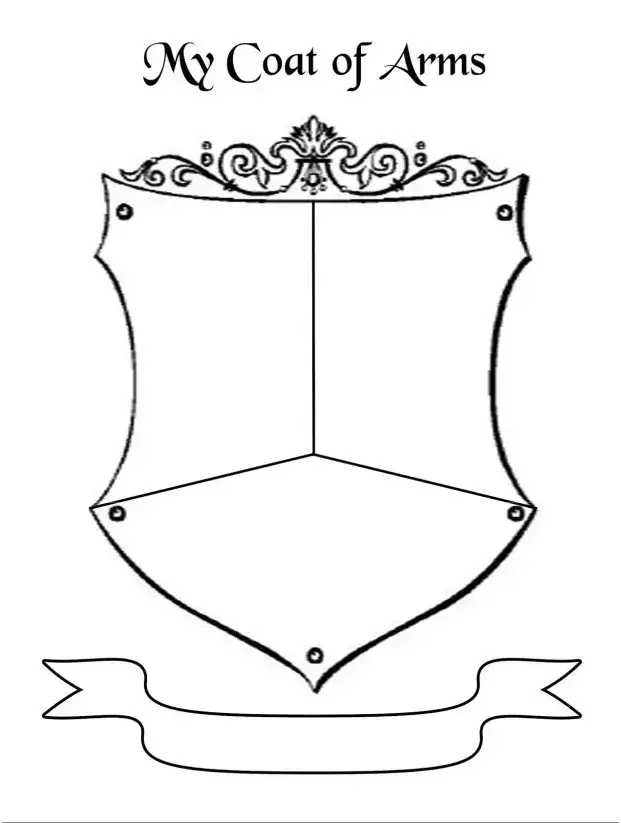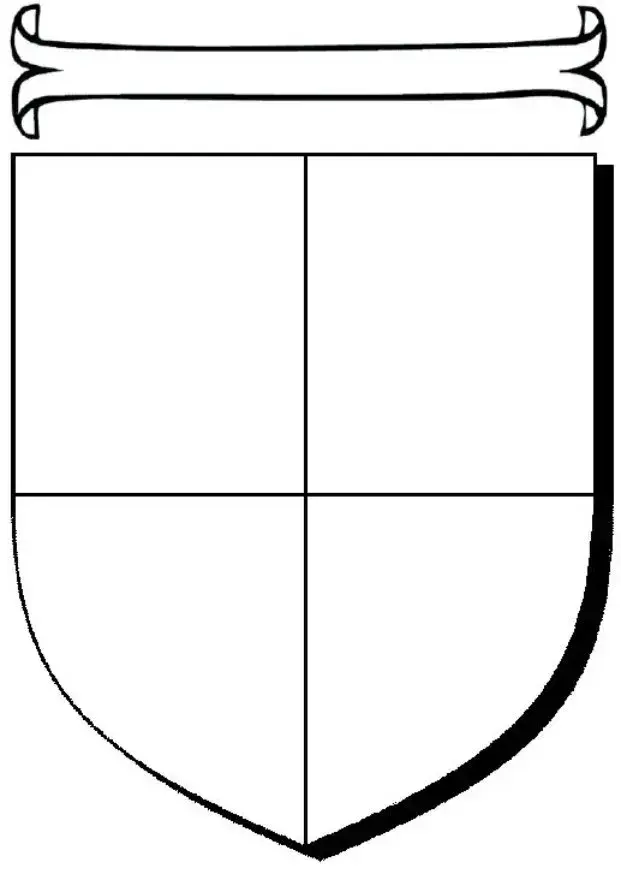What is the Coat Of Arms form?
The Coat Of Arms form is a document used to request the design or registration of a coat of arms. This form is essential for individuals or organizations seeking to establish a unique heraldic symbol that represents their identity, values, or heritage.
Who can submit a Coat Of Arms form?
Any individual, family, or organization with a legitimate interest in creating or registering a coat of arms can submit this form. It is important to demonstrate a meaningful connection to the heraldic tradition, whether through ancestry or organizational affiliation.
What information is required on the form?
The form typically requires personal details such as name, address, and contact information. Additionally, applicants must provide a description of the desired coat of arms, including colors, symbols, and any significant meanings behind the design choices.
How long does the application process take?
The processing time for a Coat Of Arms application can vary. Generally, it may take several weeks to a few months, depending on the complexity of the design and the volume of applications received. Applicants will be notified of their status throughout the process.
Is there a fee associated with the Coat Of Arms form?
Yes, there is usually a fee required to process the application. The amount may vary based on the specific services requested, such as design assistance or registration. Detailed information about fees can be found on the official website or accompanying documentation.
Can I modify my coat of arms after it is approved?
Once a coat of arms is approved, modifications can be made, but they typically require a new application. It is important to maintain the integrity of the original design while ensuring any changes reflect the current values or identity of the individual or organization.
What happens if my application is denied?
If your application is denied, you will receive a notification explaining the reasons for the decision. You may have the opportunity to address any issues or resubmit your application with the necessary adjustments. Guidance will be provided to help you understand the next steps.
Can I use my coat of arms for commercial purposes?
Using a coat of arms for commercial purposes often requires additional permissions or licenses. It is essential to understand the regulations surrounding heraldic symbols in your jurisdiction. Consulting with a legal expert in intellectual property may be beneficial if you plan to use the coat of arms in a business context.
Where can I find more information about the Coat Of Arms form?
For more information, visit the official website dedicated to heraldry or contact the relevant authority that handles coat of arms applications. They can provide detailed guidelines, resources, and support to assist you through the process.

